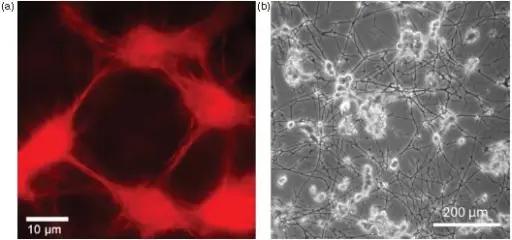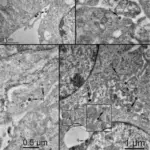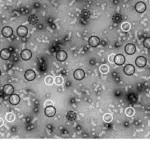
The Cellular Cytoskeleton. Two examples of complex organization based on cytoskeletal elements. (a) On the subcellular level, reconstituted systems of actin filaments with molecular myosin motors form networks connected by aggregated actin centers (asters). The image was taken using fluorescence microscopy and actin was labeled with a rhodamine dye. (b) On amulticellular level, neuron-like PC12 cells form extensive networks of MT-rich neurites. The image was taken using phase contrast microscopy and cells were cultured on a laminin-coated surface. Images were taken by David Smith (a) and Steve Pawlizak (b), image (a) also appeared in [148]. Emergent complexity of the cytoskeleton: from single filaments to tissue. Huber F, Schnauß J, Rönicke S, Rauch P, Müller K, Fütterer C, Käs J - Advances in physics (2013). Not Altered. CC.
The cellular cytoskeleton is a complex, dynamic network of interlinking protein filaments present in the cytoplasm of all cells.
Important filaments of the cytoskeleton include:
- Actin microfilaments
- Intermediate filaments
Note that examples of intermediate filaments include:
- Lamin A, B, and C
- Vimentin
- Desmin
- Neurofilaments
- Glial fibrillary acidic protein (GFAP)
- Cytokeratins
- Microtubules
Cells communicate and interact via junctions. Cellular junctions include:
- Occluding junctions
- Anchoring junctions (desmosomes)
- Communicating junctions (gap junctions)
Enzymes and structural proteins of the cell are continuously renewed. Cellular waste disposal is mediated via proteasomes and lysosomes.



